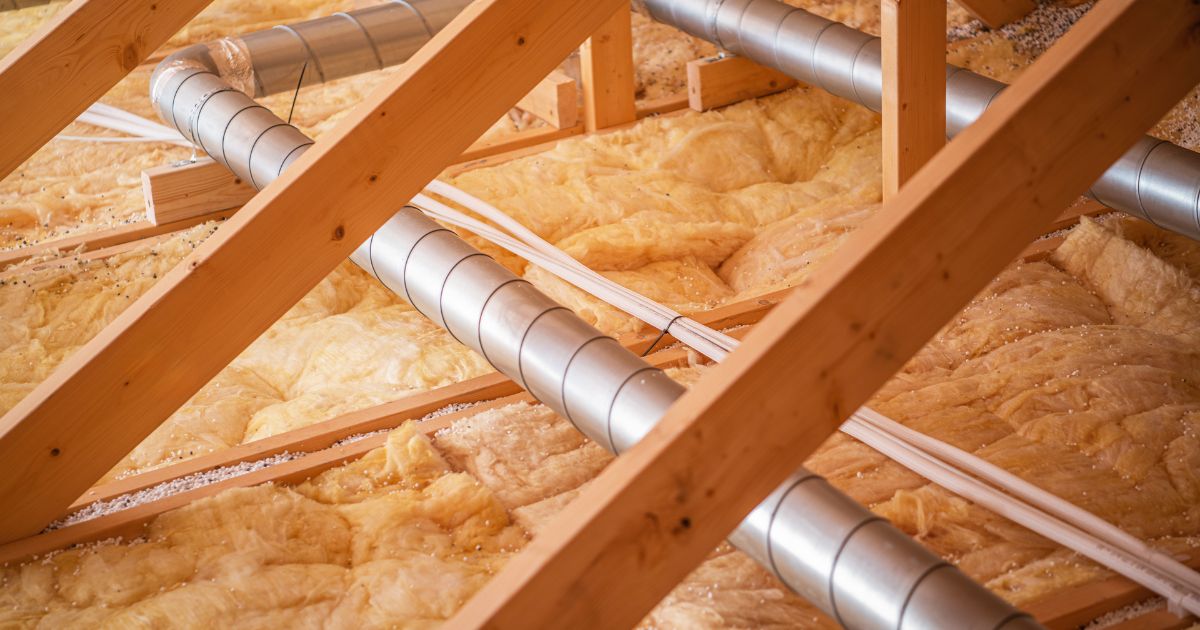As summer heats up, your attic insulation becomes one of the most important lines of defense in keeping your home comfortable and energy-efficient. But if your insulation is older, damaged, or was never properly installed, it can cause a host of problems you may not even realize are coming from above. Recognizing the warning signs now can help you avoid costly repairs, health hazards, and high utility bills. Here are five signs your attic insulation may be failing—and why it’s crucial to address them before peak summer temperatures hit.
1. Rising Energy Bills
One of the first indicators of failing attic insulation is an unexplained spike in your energy costs. When insulation no longer effectively resists heat flow, your HVAC system is forced to work overtime just to maintain a consistent indoor temperature. This constant strain leads to increased energy consumption and premature wear on your air conditioning unit. If your energy bills are climbing and your usage habits haven’t changed, poor insulation along with improper ventilation could be the silent culprit.
2. Uneven Temperatures Throughout the Home
Do you notice that upstairs rooms are significantly hotter than the rest of the house? Inconsistent indoor temperatures are a classic symptom of inadequate attic insulation or lack of ventilation. Without a proper thermal barrier, heat from your attic seeps into your living spaces, making bedrooms and upper-level rooms uncomfortable and harder to cool. This not only disrupts your comfort but also puts added pressure on your cooling system to overcompensate. It's important to evaluate the attic's ventilation system as well to ensure that hot attic air can be exhausted out to help keep the home cooler. Just replacing the soffit with fully vented soffit panels can in some cases bring the temperature down in the home by 5 - 10 degrees!
3. Drafts or Hot Spots
Drafts or hot spots in your home—especially along ceilings or near attic access points—suggest air is moving where it shouldn’t. This can be due to insulation that’s settled, shifted, or degraded over time. Air leaks in combination with poor insulation lead to inefficient climate control and may allow allergens and outdoor pollutants to enter your home. Ensuring large gaps, cracks or penetrations are sealed up below the insulation will also help stop the excessive air leakage that is happening between your home and attic space.
4. Moisture, Mold, or Mildew in the Attic
If you’ve noticed musty odors, visible mold, or condensation in your attic, it’s time for a serious inspection. Damaged or insufficient insulation often goes hand-in-hand with poor ventilation, which creates the perfect storm for moisture buildup. Over time, this can lead to rot in your roof structure, costly water damage, and serious health concerns from mold exposure. Left untreated, attic mold can also infiltrate your ductwork and spread to other parts of the home. A full evaluation of the attic to address specific sources of heat loss, inadequate insulation and improper ventilation are key to helping reduce the liability of these issues.
5. Pests or Rodents in the Attic
An infestation of pests such as mice, squirrels, or insects can be both a symptom and a cause of insulation failure. Many types of insulation provide a cozy nesting material for rodents, who will shred and tunnel through it—compromising its effectiveness. Their droppings can also lead to contamination and air quality issues. If you've heard scratching noises or found droppings in your attic, your insulation is likely no longer performing its intended function. Issues with critters in the attic are more common than most people think and it's important to do an inspection to ensure the situation is not getting worse over time.
What to Do About It This Summer
Ignoring insulation problems can lead to long-term damage and steadily rising repair costs. Fortunately, summer is an ideal time to address these issues. Start with a professional attic inspection to assess insulation performance, moisture levels, and ventilation. If needed, upgrade to modern insulation materials such as blown-in cellulose or spray foam, which offer superior thermal resistance and mold resistance compared to older fiberglass batts. Also consider improving your attic ventilation to reduce humidity and extend the life of your insulation and roofing. Most homeowners dont check their attics and its one of the most “Out of sight, Out of mind” areas of the home.
Taking action now means a cooler, healthier, and more efficient home during the hot months—and lasting protection well into winter. Don’t wait for problems to get worse; your attic could be costing you more than you realize.

.jpg)




